In this detailed comparison, we explore two nearly identical drones: the DJI Mini 4 Pro and the DJI Flip. Essentially, the Flip is a niche version of the Mini 4 Pro, sharing nearly all of the same features and specifications, with a few key differences. This video is sponsored by Squarespace—more on that later—but first, let’s dive into the similarities, differences, and overall performance of these two sub-250g drones.
Overview of Similarities
Both the Mini 4 Pro and the Flip weigh under 250 grams, even with the Flip’s built-in propeller cages. This light weight makes them regulation-friendly in many Countries, allowing for easier and less restricted flying. When unfolded for flight, both drones have the same general footprint, and when folded for travel, they use the same transmission system to maintain a strong signal both close by and at longer distances.

Both models offer access to the same remote controllers—the RC-N3 and RC2 (which features a built-in screen). Additionally, flight parameters such as speed are identical between the two, despite the Flip’s propeller cages that might typically hinder performance. Even the camera systems are nearly the same: they both shoot photos and videos with identical resolutions, frame rates, and shooting options.

The only notable difference is that the Mini 4 Pro’s hardware allows the camera to rotate vertically, making it possible to capture portrait photos and videos without a digital crop.

Pricing and Package Options
One of the most significant differences between these drones is the price. While the base option for the Flip is the cheapest, it does not include a remote controller, meaning you’d be limited to using automated flight modes or your smartphone. When comparing packages that include remote controllers, the Flip is about $300 less expensive than the Mini 4 Pro. This price difference gives you the flexibility to either save money or invest the extra funds in additional batteries and accessories.

Safety and Flight Features
Built-In Propeller Cages
A primary advantage of the Flip is its built-in propeller cages. These cages not only make the drone safer to fly around people, but they also protect it during minor crashes. This safety feature makes the Flip an attractive option for beginners and even children who are just learning to fly drones.

The cages are slim, fold neatly for travel, and do not significantly compromise the drone’s performance. Even with the cages, the Flip can reach top speeds in both normal and sport modes, making it an excellent option for dynamic video shooting.

Automated Flight Modes
Another standout feature of the Flip is its automated flight capabilities. The drone can launch right from your hand autonomously without a remote controller by using a built-in button on its side. This button allows you to cycle through different flight modes such as quick shots and follow functions. The chosen flight mode is displayed on a front screen just under the infrared sensor for visual confirmation.

For example, when using the follow mode, the drone identifies you as the subject, begins tracking automatically, and, when signaled, lands slowly in your palm. The built-in propeller cages are particularly beneficial here, as they protect your fingers during these hand launches and landings.

Obstacle Avoidance and Camera Capabilities
Advanced Obstacle Avoidance on the Mini 4 Pro
Despite the Flip’s advantages, the Mini 4 Pro offers two significant features that set it apart. First, it is equipped with omnidirectional obstacle avoidance sensors. These high-resolution, wide-angle sensors are positioned all around the drone, enabling it to detect obstacles from every direction—front, sides, above, and behind. This comprehensive obstacle detection allows the Mini 4 Pro to avoid crashes by identifying potential hazards before they become an issue.

In contrast, the Flip has only a single infrared sensor pointing forward. This sensor provides basic obstacle detection but only covers what is directly in front of the drone. In situations where obstacles are coming from the side or behind, the Flip relies on its propeller cages to mitigate damage rather than actively avoiding the obstacle.
Enhanced Camera Flexibility
The second key advantage of the Mini 4 Pro is its sophisticated gimbal design. This design allows the camera to rotate vertically for true portrait-mode shooting—ideal for creators focused on social media platforms like Instagram and TikTok. While both drones offer excellent photo and video quality, the ability to capture vertical content without a digital crop can be a game changer for content creators.

Battery Life and Real-World Flight Time
Flight time is a crucial aspect of any drone, and here the differences become apparent. The Flip advertises a 31-minute flight time, which is impressive for a sub-250g drone with a compact battery that also supports the added weight of propeller cages. However, in real-world conditions, the Flip typically achieves between 20 to 22 minutes of flight time. The added drag from the propeller cages likely causes the battery to drain a bit faster.

The Mini 4 Pro offers a standard battery option that keeps the drone under 250 grams, along with a Plus battery option that pushes it over this weight limit. It is important to note that comparing the Mini 4 Pro’s Plus battery with the Flip’s single battery option isn’t entirely fair. When using the smaller battery, however, the Mini 4 Pro still tends to outperform the Flip in terms of flight time. For those who prioritize longer flight durations, this becomes a significant factor.
Performance and Handling
Both drones have similar speed and wind resistance specifications on paper. However, actual performance can differ due to their design differences. The Mini 4 Pro, without the extra drag of propeller cages, is slightly better in windy conditions and offers a more agile flight experience. In contrast, the Flip’s propeller cages act as buffers, slightly degrading its performance by picking up more wind during flight. For users who enjoy manual control and desire the best performance possible, this edge might be an important consideration.

Final Thoughts and Personal Recommendation
In summary, both the Mini 4 Pro and the Flip are remarkably similar in many ways, yet they cater to different needs:
- The Flip is ideal for beginners, children, or anyone prioritizing safety and automated flight features. Its built-in propeller cages make it safer to fly around people, and the automated hand-launch and landing capabilities provide an easy and secure flying experience. The lower price point is also attractive, especially for those new to drone flying.
- The Mini 4 Pro is geared toward more experienced drone enthusiasts who enjoy manual control and demand advanced features. Its omnidirectional obstacle avoidance system and rotatable gimbal for true portrait shooting provide a more comprehensive, high-tech flying experience. Even though it is more expensive, these enhancements make it the preferred option for those who want maximum performance and versatility.
Personally, I would choose the DJI Mini 4 Pro. I love flying manually and appreciate the advanced tech and flexibility it offers—especially the enhanced obstacle avoidance and superior gimbal capabilities. However, if safety is your top priority or you’re new to flying drones, the DJI Flip might be the best option for you.
Which drone do you think is right for you: the Mini 4 Pro or the Flip? Let me know your thoughts in the comments. Thank you for reading, and as always, happy flying!

Discover more from DroneXL.co
Subscribe to get the latest posts sent to your email.
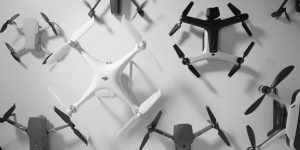


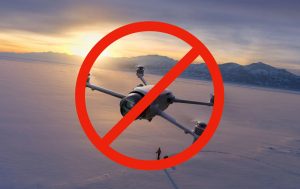
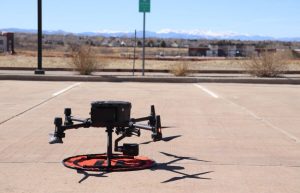


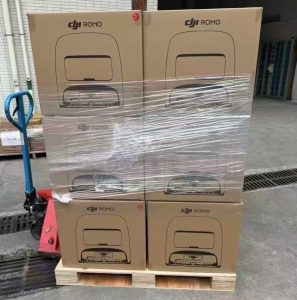

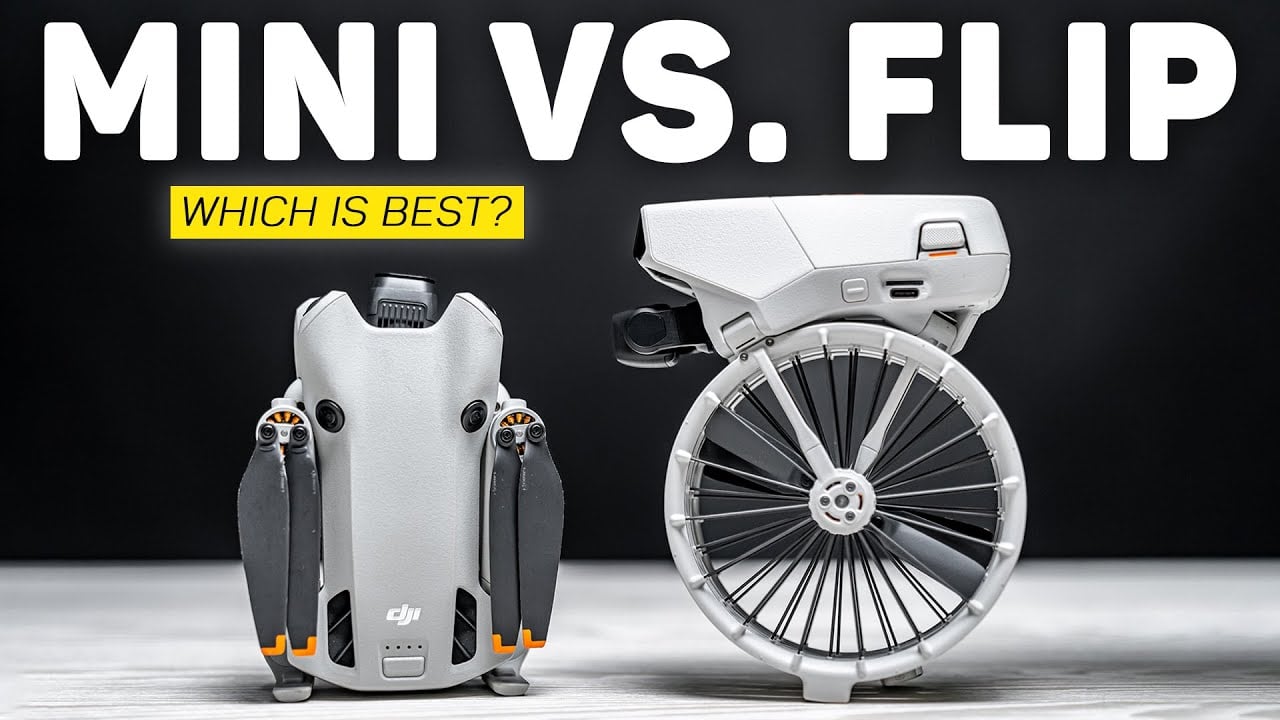

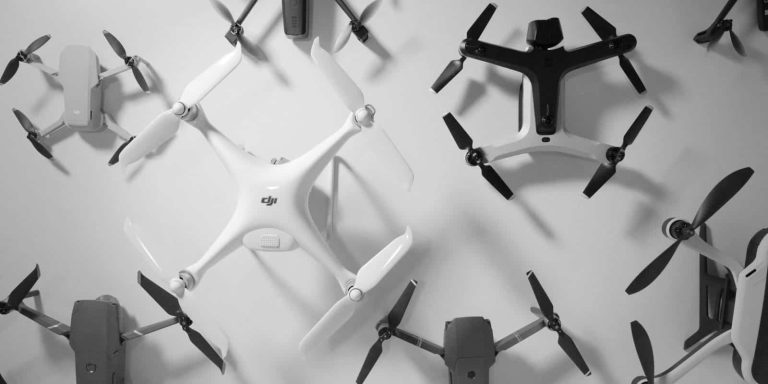




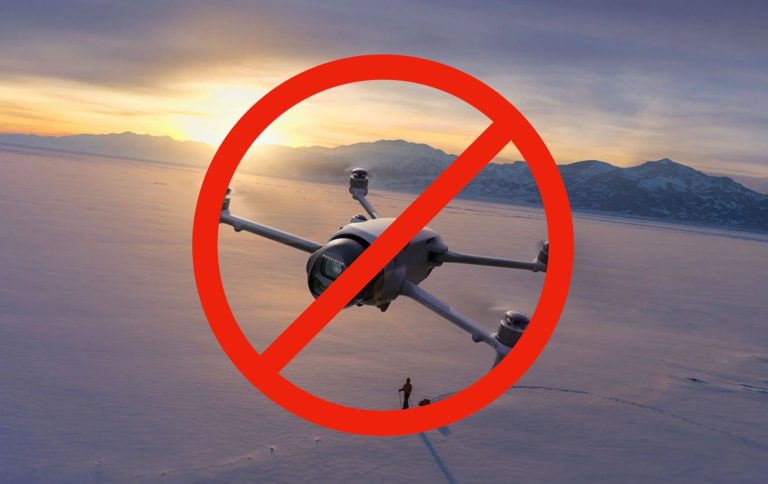
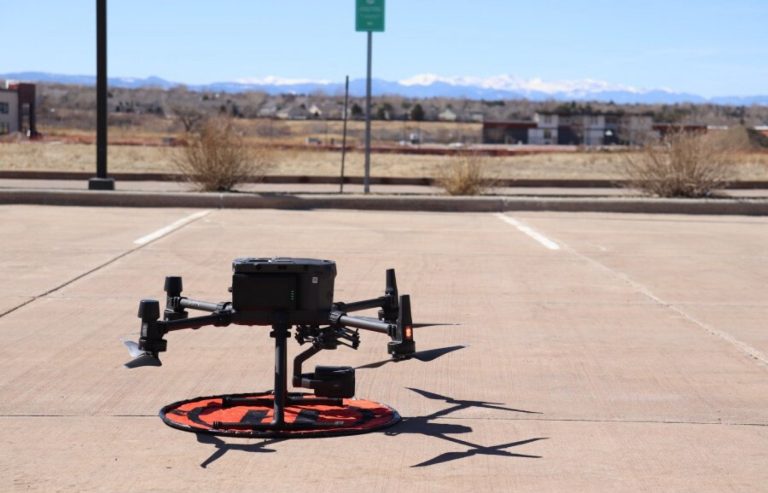
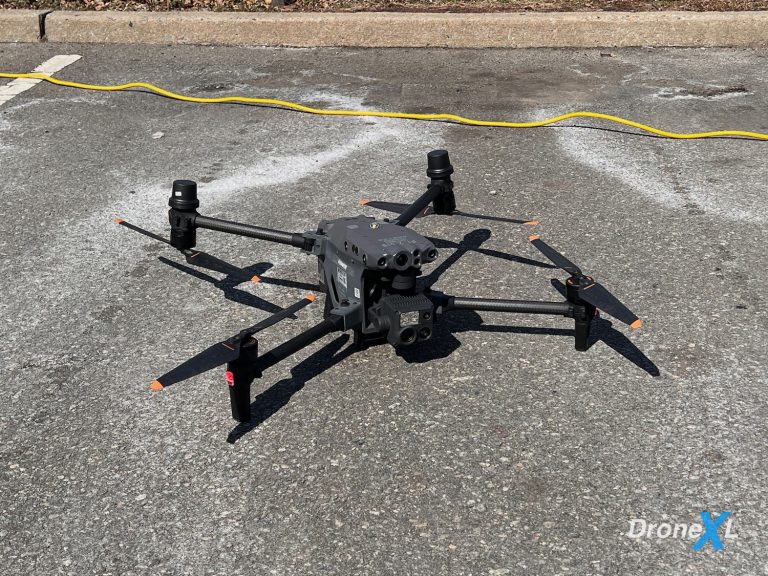
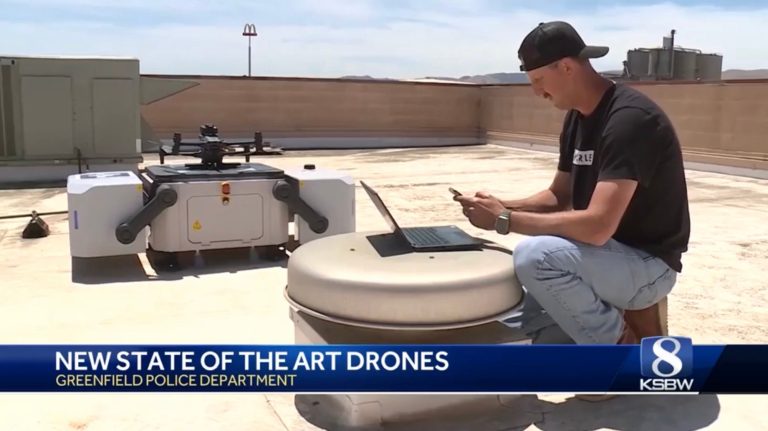
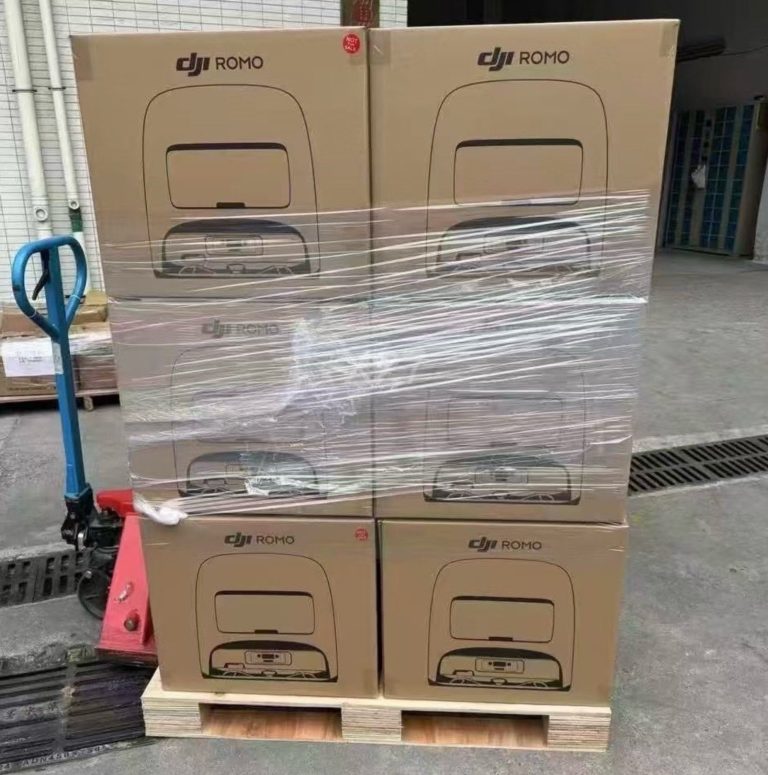
+ There are no comments
Add yours